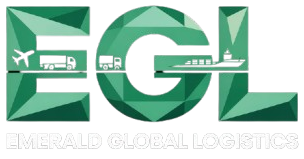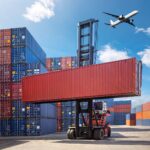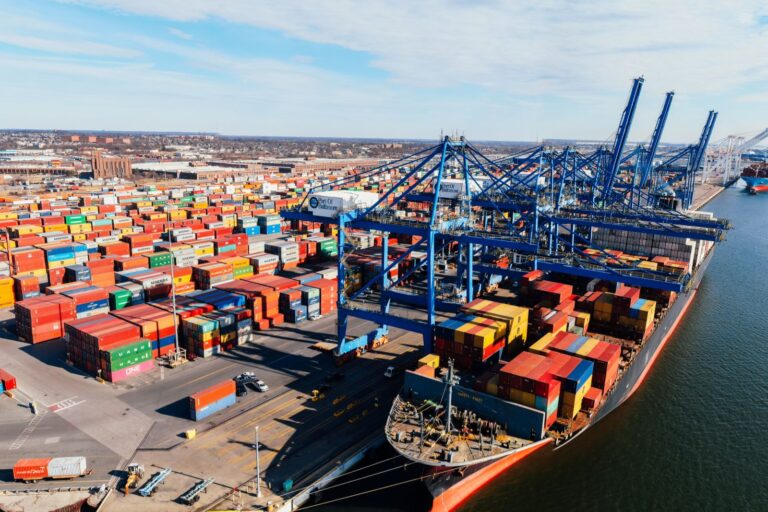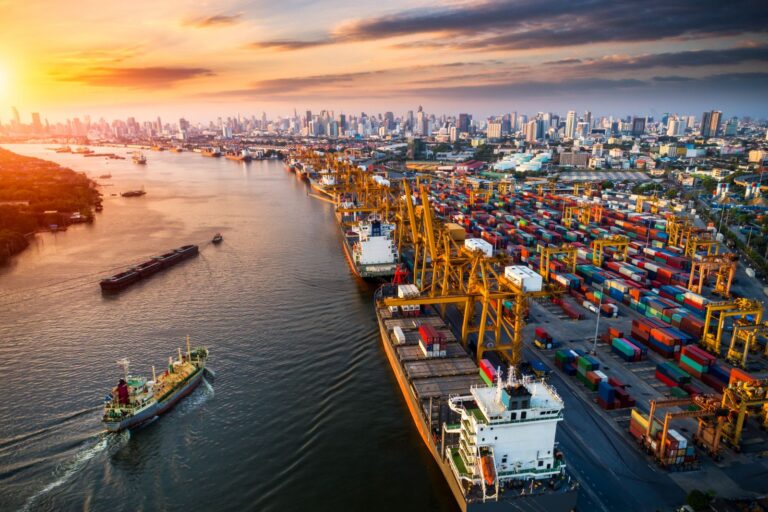The automotive industry thrives on efficiency, but one of its biggest challenges is ensuring that parts move seamlessly through the supply chain. From bulky engines and transmissions to fragile electronic components, every piece requires careful handling. Delays, damages, or poor coordination in shipping can halt production lines, frustrate customers, and cost businesses millions.
This is where automotive parts shipping plays a crucial role. A well-managed logistics strategy ensures that spare parts, accessories, and critical components arrive safely and on time—whether across town or across the globe. Companies like EGL – Emerald Global Logistics provide expertise in delivering tailored solutions that meet the complex demands of this sector.
In this article, we’ll explore the process, benefits, costs, and best practices of automotive parts shipping, giving you actionable insights to optimise your supply chain.
Why Automotive Parts Shipping Is Essential
The Unique Challenges in Automotive Logistics
- Diverse Product Range: From small nuts to oversized engines.
- Fragile Components: Electronics and sensors require protective packaging.
- Global Supply Chains: Many parts are manufactured overseas.
- Time Sensitivity: Production lines depend on just-in-time deliveries.
Importance of a Reliable System
A strong automotive logistics system ensures:
- On-time deliveries to avoid production delays.
- Damage prevention through secure packaging and transport.
- Regulatory compliance with international trade rules.
- Customer satisfaction for dealerships and end-users.
How Automotive Parts Shipping Works
Shipping automotive parts involves multiple steps to ensure efficiency and safety.
Step 1: Order Processing
Orders are logged into the system, ensuring accurate inventory management.
Step 2: Packaging and Labelling
Fragile or heavy parts are packed securely, with labels indicating handling requirements.
Step 3: Transportation
Parts are shipped via road freight, air freight, or sea freight depending on urgency and cost.
Step 4: Customs Clearance
For international shipments, proper documentation ensures smooth border clearance.
Step 5: Final Delivery
Distribution networks deliver the parts to manufacturers, dealerships, or customers.
At EGL – Emerald Global Logistics, these processes are streamlined with advanced tracking systems and experienced teams to ensure safe, timely deliveries.
Benefits of Automotive Parts Shipping
- Reduced Downtime: Keeps production and repair services running smoothly.
- Cost Savings: Optimised logistics reduce wastage and delays.
- Flexibility: Supports both bulk shipments and urgent spare-part deliveries.
- Global Reach: Enables manufacturers and suppliers to operate internationally.
- Scalability: Adapts to seasonal demand or rapid business growth.
Costs and Pricing Insights
The cost of automotive parts shipping depends on several factors:
- Type of part (size, weight, fragility).
- Distance and mode of transport (road, air, or sea).
- Urgency (express vs. standard shipping).
- Customs duties for international shipments.
- Packaging requirements for protection.
While air freight is faster, sea freight is more economical for heavy and bulk shipments. Partnering with logistics experts helps businesses strike the right balance between speed and cost.
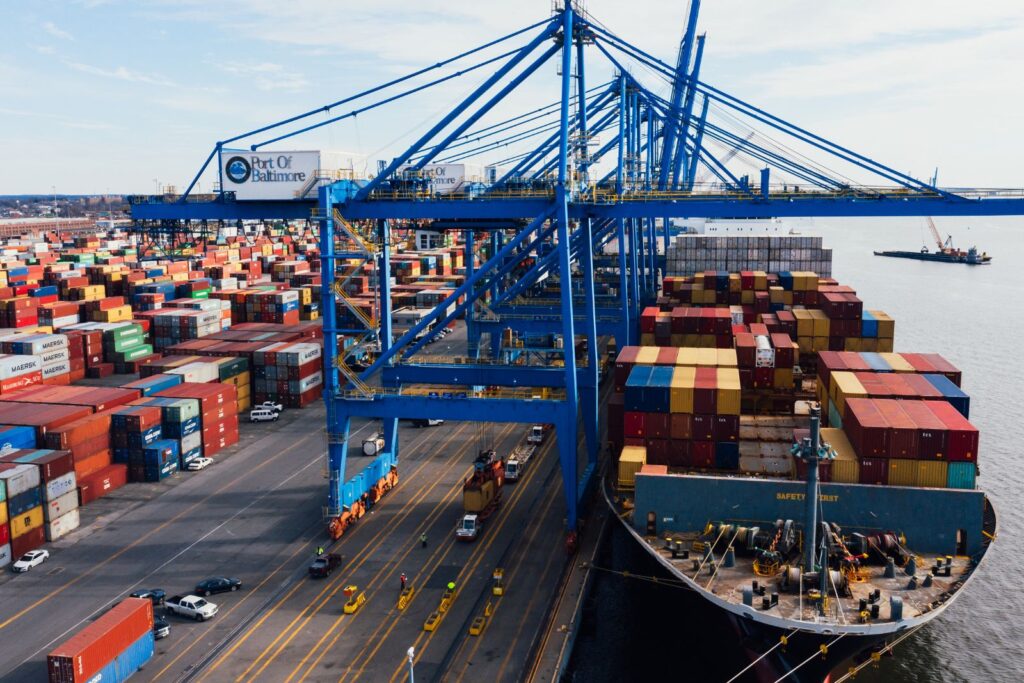
Best Practices in Automotive Parts Shipping
- Invest in Secure Packaging – Protect fragile and heavy parts from damage.
- Leverage Technology – Use real-time tracking for visibility.
- Plan Ahead for Customs – Ensure documentation is accurate and complete.
- Choose the Right Carrier – Match shipping method to urgency and budget.
- Work with Specialists – Logistics providers experienced in the automotive sector ensure smooth operations.
Common Mistakes to Avoid
- Using improper packaging for delicate or oversized items.
- Overlooking customs compliance, leading to costly delays.
- Relying on general freight services instead of industry specialists.
- Ignoring tracking systems, causing miscommunication with clients.
- Choosing cost over quality, which can result in higher losses.
Use Cases and Examples
- Manufacturers: Transport engines and large assemblies to factories.
- Dealerships: Ship spare parts to service centres and repair shops.
- E-commerce Retailers: Deliver accessories and aftermarket parts to customers.
- Exporters/Importers: Manage global supply chains with time-sensitive shipments.
At EGL – Emerald Global Logistics, we work closely with businesses to create customised solutions that improve efficiency and reliability in automotive supply chains.
FAQs on Automotive Parts Shipping
1. What is automotive parts shipping?
It refers to the transportation of car parts, accessories, and components through specialised logistics solutions.
2. How long does automotive shipping take?
Delivery times depend on distance and mode—air freight is fastest, while sea freight is more cost-effective.
3. How are fragile automotive parts protected during shipping?
Specialised packaging, cushioning, and labelling ensure fragile items arrive safely.
4. Can I ship automotive parts internationally?
Yes, but customs clearance and proper documentation are required.
5. Why should I choose EGL for automotive shipping?
EGL offers industry-specific expertise, global networks, and tailored solutions for automotive logistics.
Conclusion
Efficient automotive parts shipping is essential for keeping the industry moving—whether it’s a small spare part for a repair shop or a bulk order for a manufacturer. From packaging and transport to customs and delivery, every step must be carefully managed to ensure safety and speed.
At EGL – Emerald Global Logistics, we specialise in providing tailored solutions that meet the complex demands of the automotive industry. With advanced tracking, expert handling, and global networks, we make shipping smooth and reliable.
👉 Contact us today to streamline your automotive logistics and keep your business moving forward.
